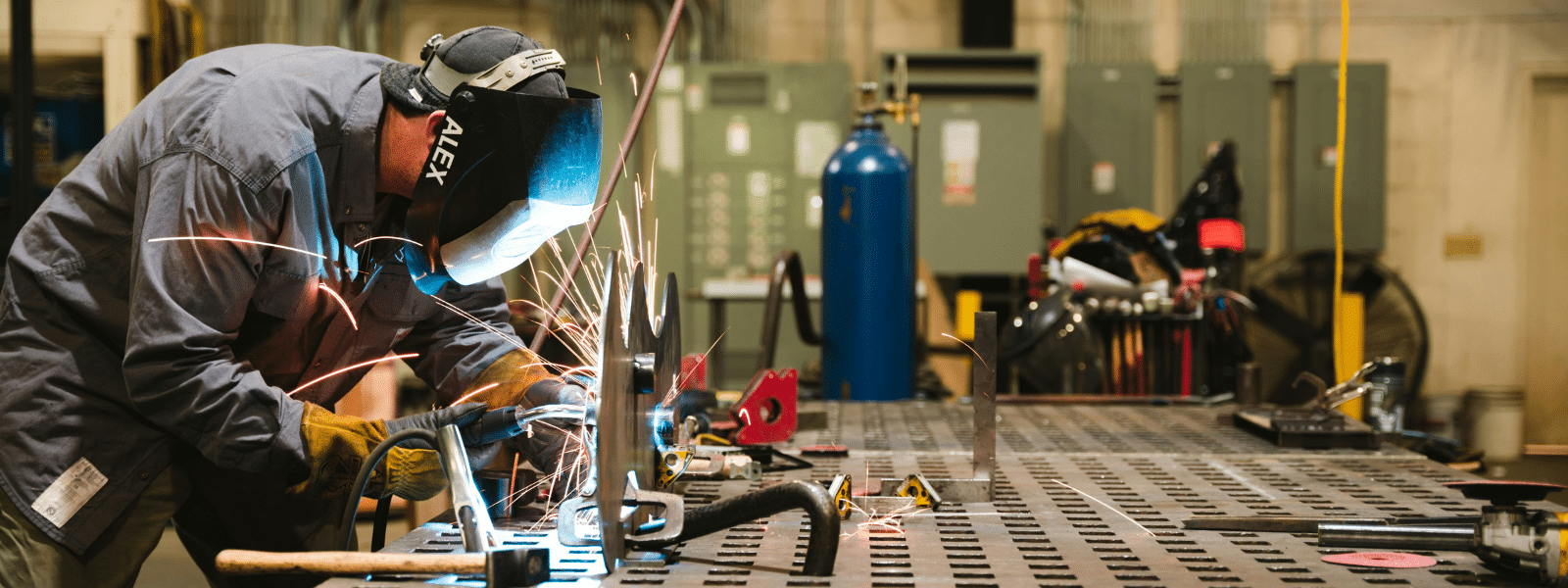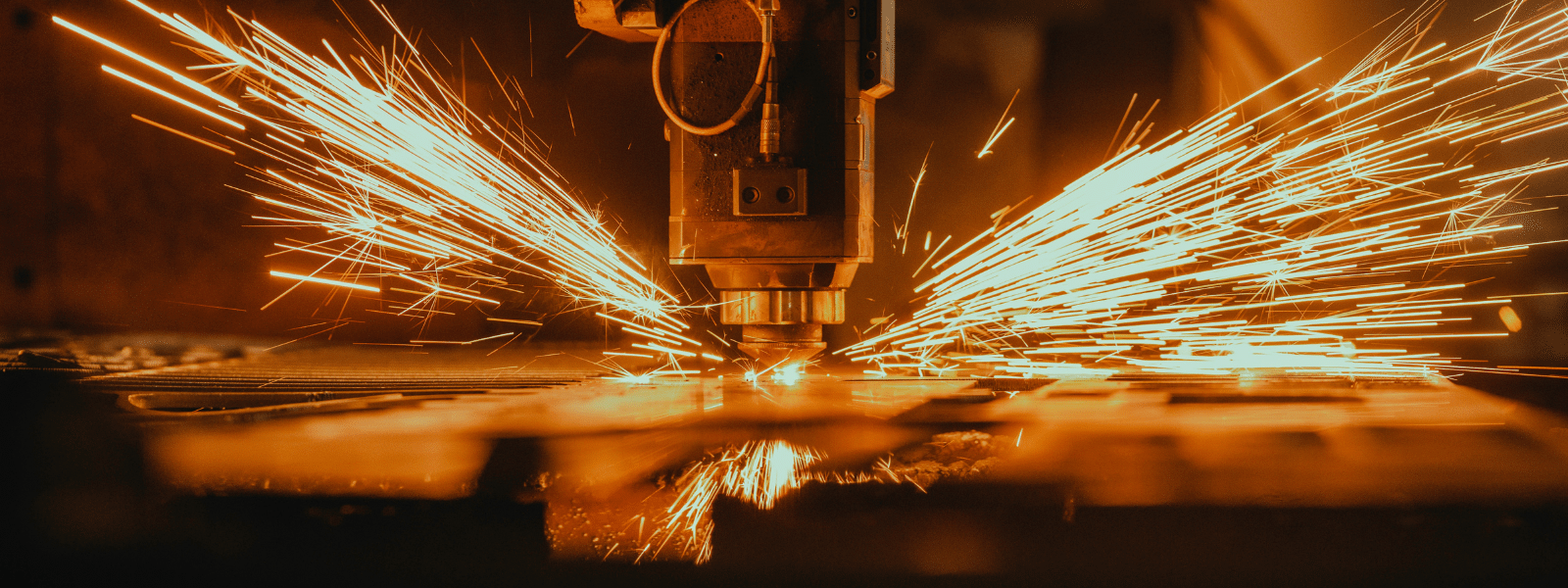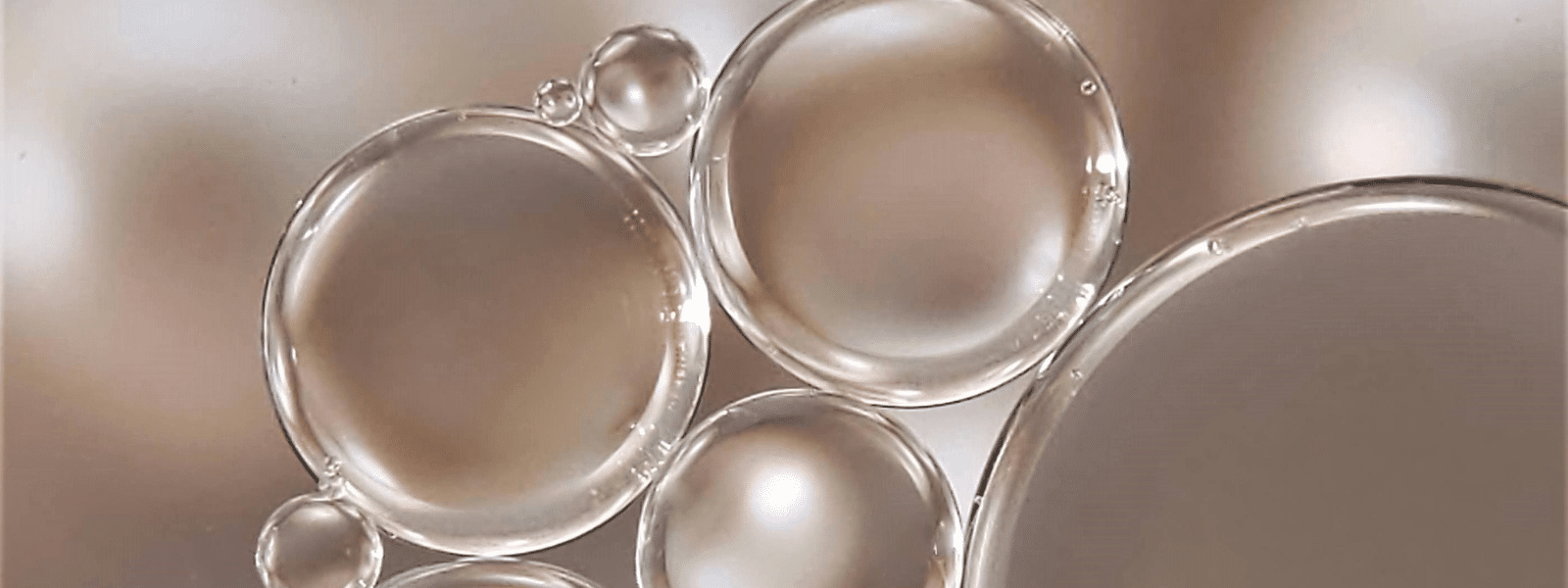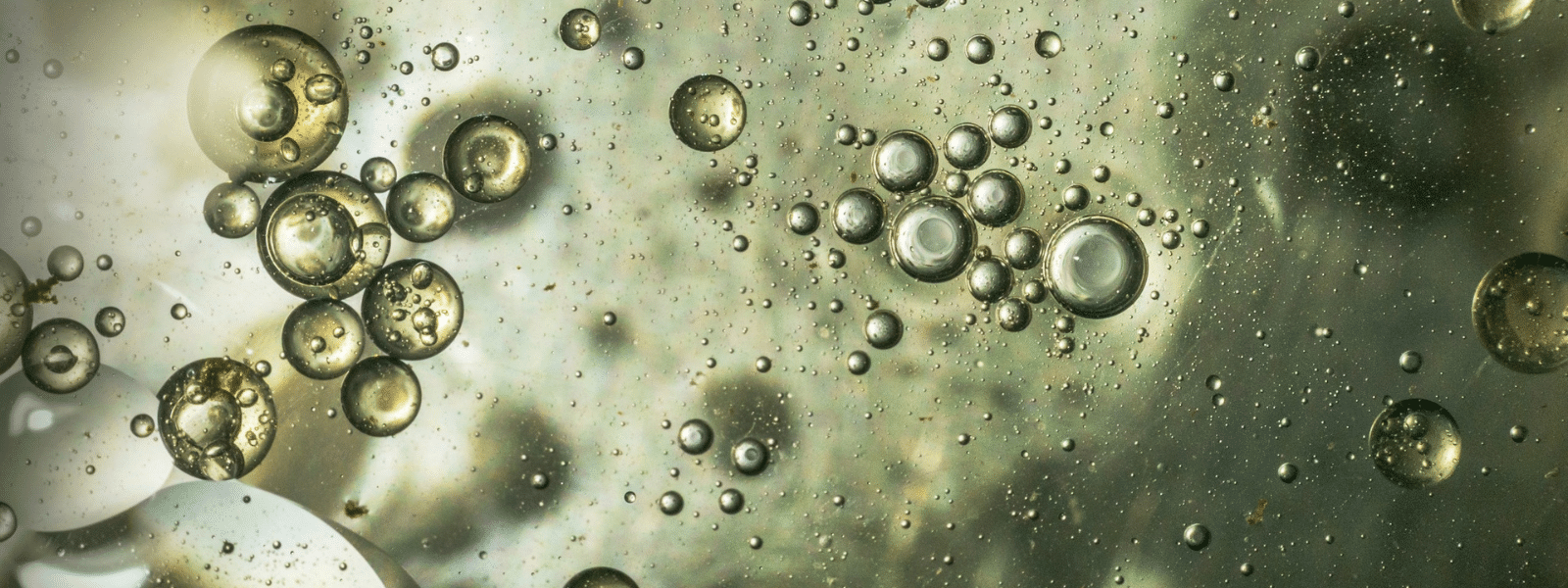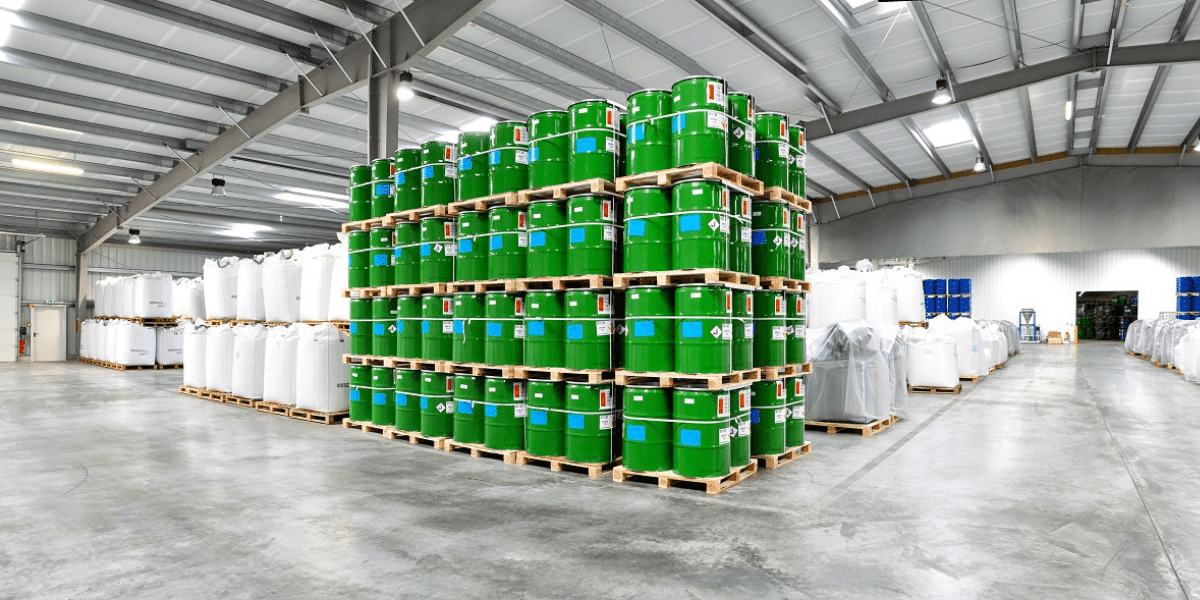Recently, the United States Environmental Protection Agency (EPA) inspected vapor degreasers at several plants, in a variety of industries, and unfortunately, every plant involved in the inspection did not comply with the EPA’s Vapor Degreaser Maximum Available Control Technology (MACT) Standard. The average penalty cost levied on each plant found not to be compliant was over then thousand dollars, which, because the penalties are not tax deductible, had to be paid out of the profits of each company. Additional costs were involved as well, such as management time, fees for both attorneys and consultants, along with wasted solvents. The following were reasons for non-compliance found during the inspections:
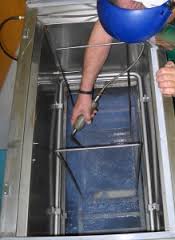
- The temperature at the center of the air blanket did not comply with the requirement that the temperature be thirty percent or less of the solvent’s boiling point. This ensures that the solvent vapors condense and fall back into the sump tank rather than evaporating throughout the plant.
- The freeboard ratio was not measured correctly. Freeboard ratio is the ratio of the freeboard height to the smaller interior dimension (length, width or diameter) of the machine.
- Covers were not in place when the degreaser was not in use.
In addition, (and a hint to those industrial businesses finding it difficult to meet compliance standards) the biggest tip-off that violations are present comes when entering a shop and one can smell the distinct odor of degreaser solvent.
The best way to ensure your vapor degreaser meets MACT standards is to incorporate Ecolink’s Hypersolve vapor degreaser. Hypersolve is a new cleaner solvent vapor degreaser based on n-propyl bromide as an alternative for traditional chlorinated solvents. Hypersolve has very low ozone depletion potential (0.002) and no flash point. Applications include the ability to vapor degrease a variety of contaminants and substrates. Hypersolve cleans difficult contaminants such as oils, greases, adhesives, solder fluxes, and resins.
Hypersolve is a diverse compound that has numerous applications including the following:
- Drying agent
- Precision cleaning
- Cleaner/degreaser
- Automotive parts cleaning
- Printed wiring board cleaning
- Adhesive and sealant removal
- Surface wipe cleaning
- Carbon soil removal
- Metal cleaning, hydraulic parts, wheels and brakes
If your business is in need of any of the above applications, then let Ecolink help you make the transition to their Hypersolve vapor degreaser to ensure you are compliant with MACT standards concerning vapor degreasers. When switching to Ecolink’s Hypersolve, your industrial business immediately reduces its chance of being found non compliant with MACT standards.





